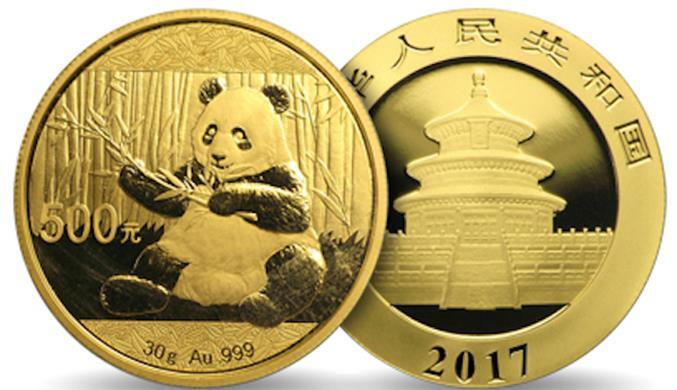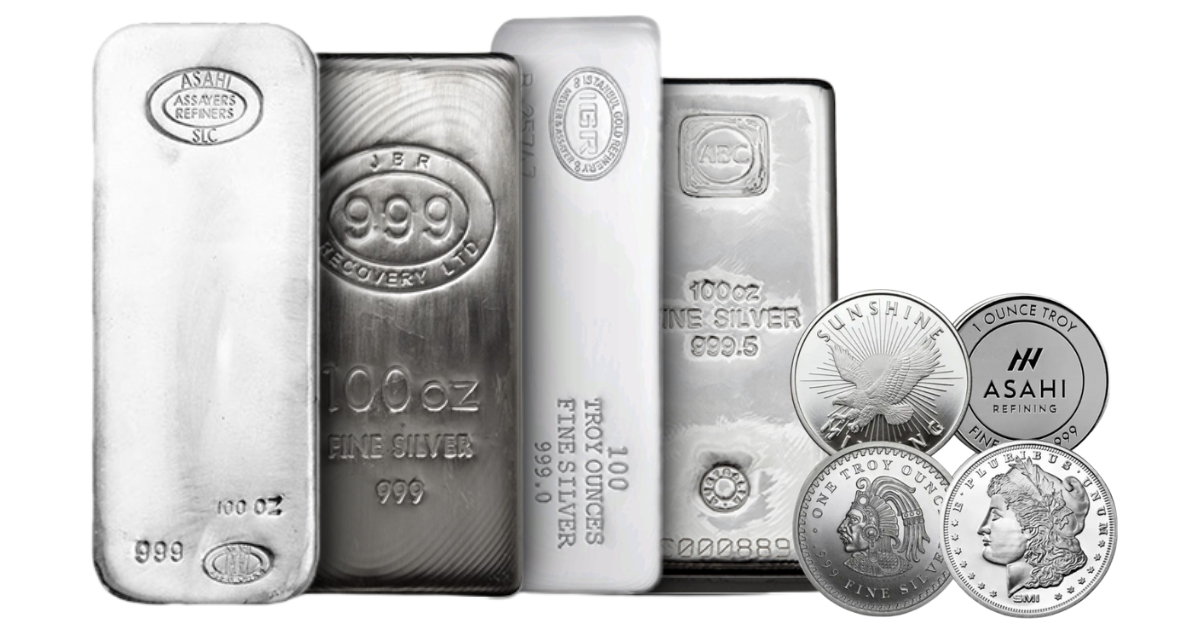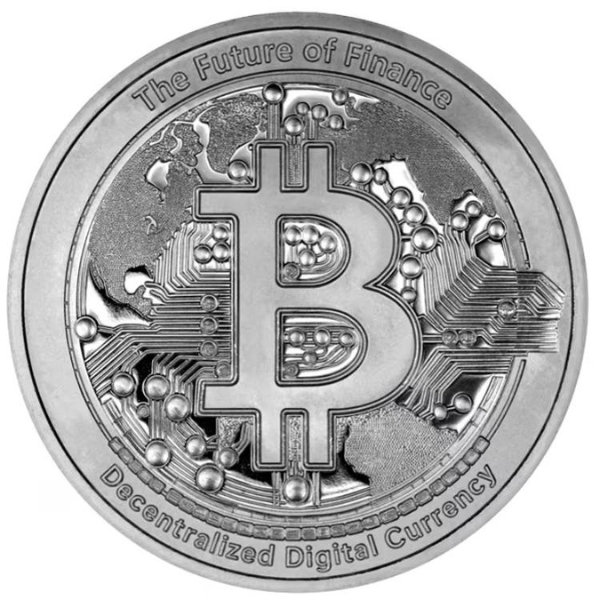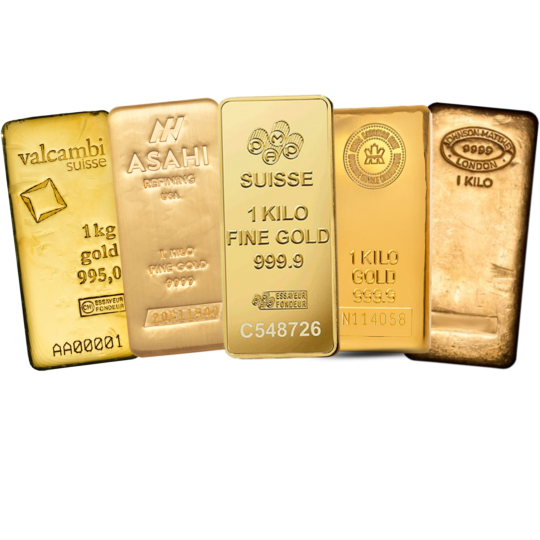The Chinese Mint and the Global Gold Market: A Rising Power in Bullion

Strong 8k brings an ultra-HD IPTV experience to your living room and your pocket.
As global demand for gold continues to grow, the influence of national mints that produce high-quality bullion is becoming more significant than ever. Among these institutions, the Chinese Mint stands out as one of the most important and fast-rising players on the international stage. Gold has always symbolized wealth, security, and political strength. In the case of China, its growing role in the gold market reflects not only economic ambition but also a strategic effort to elevate its global financial influence. With its government-backed minting operations, deep-rooted cultural affinity for gold, and a robust investment ecosystem, China is becoming an undeniable gold powerhouse in today’s interconnected world.
China’s Evolving Role in the Global Gold Market
For centuries, gold has held a special place in Chinese culture, revered for its beauty, rarity, and enduring value. But in recent decades, China’s role has evolved from being just a major consumer to becoming a central figure in the gold production, refining, and investment sectors. China is not only the world’s largest gold producer but also one of the leading consumers, combining large-scale mining, cutting-edge refining technology, and high-volume gold imports to dominate the market on multiple fronts.
A significant part of this dominance comes from China’s commitment to securing its economic future through tangible assets. While many nations hold gold reserves as a hedge against inflation and currency devaluation, China has been particularly aggressive in growing its national stockpile. The People’s Bank of China (PBoC) has been consistently increasing its gold reserves over the years, often making strategic purchases during times of global economic uncertainty. These moves not only bolster China’s monetary independence but also give it substantial leverage in influencing global gold prices.
This strategic acquisition of gold is part of a broader plan by the Chinese government to reduce its reliance on the U.S. dollar and shift toward a more multipolar global financial system. By investing heavily in gold, China can anchor more of its monetary policy in assets not directly tied to Western economic institutions, thereby enhancing its global bargaining power.
The Chinese Mint: Precision, Symbolism, and Global Prestige
At the heart of China’s growing influence in the bullion world is the China Gold Coin Incorporation (CGCI), often referred to as the Chinese Mint. This government-run entity is responsible for producing the country’s official gold bullion coins and bars. It is most renowned for the Chinese Gold Panda coin series, which has become a symbol of national pride and international recognition.
First launched in 1982, the Gold Panda coins are celebrated not just for their investment value but also for their artistic design and exceptional purity. The coins range from 1 gram to 30 grams, with purity levels between 99.9% and 99.99% fine gold. One of their standout features is that the design of the panda changes annually, making them not only a sound investment but also highly collectible. Investors and numismatists alike value these coins for their unique combination of cultural appeal and financial security.
In addition to the Gold Panda series, the Chinese Mint also issues commemorative bars, medals, and Lunar Series coins, which align with the traditional Chinese zodiac calendar. These products often blend traditional Chinese motifs with cutting-edge minting techniques, offering both aesthetic beauty and intrinsic value. Their high standards of production and symbolic meaning have helped the Chinese Mint gain respect in international bullion markets, putting it on par with the U.S. Mint, the Royal Canadian Mint, and the Perth Mint in terms of reputation and influence.
Gold as a Strategic Hedge in China’s Economic Playbook
Gold plays a pivotal role in China’s long-term economic and geopolitical strategy. In times of economic uncertainty or global conflict, gold is universally viewed as a "safe haven" asset—something that holds value even when stock markets tumble or currencies falter. For China, this belief goes beyond popular sentiment; it is institutionalized.
Both the Chinese government and private sector investors view gold as a strategic hedge. In the face of global inflation, trade tensions, and fluctuating currency values, gold serves as a stabilizing force. China's tightly managed financial system allows its central bank to exert significant control over capital flows, and gold ownership is one of the few ways Chinese citizens can securely store wealth outside of fiat currency or real estate. This makes gold not just a commodity, but a crucial part of China’s internal wealth management and external financial diplomacy.
Moreover, the existence of robust online and offline bullion trading platforms within China has made gold more accessible to everyday investors. Digital apps now allow individuals to buy fractional shares of bullion, while physical gold is widely available in banks, retail outlets, and e-commerce platforms. This democratization of gold investment continues to fuel domestic demand and further integrates gold into China’s broader financial culture.
A Global Force in Bullion Trade and Price Influence
China’s scale in gold production, consumption, and reserves translates into real influence on global gold spot prices and market trends. Chinese gold exchanges, such as the Shanghai Gold Exchange (SGE), are increasingly viewed as alternatives to the traditional Western-centric gold pricing systems, such as the London Bullion Market Association (LBMA) benchmarks.
By setting up local gold pricing mechanisms, increasing yuan-denominated gold contracts, and expanding partnerships with other major gold-producing countries, China is attempting to internationalize its currency and reduce its vulnerability to Western market shifts. These efforts have created a parallel system of gold pricing and trade that allows China to exert influence over bullion flows, particularly in Asia and emerging markets.
As the world continues to navigate economic uncertainty, the appeal of gold—and by extension, the power of those who control it—is likely to grow. With its robust infrastructure, government backing, and growing investor base, China is not just participating in the gold market—it is actively reshaping it.
Note: IndiBlogHub features both user-submitted and editorial content. We do not verify third-party contributions. Read our Disclaimer and Privacy Policyfor details.







